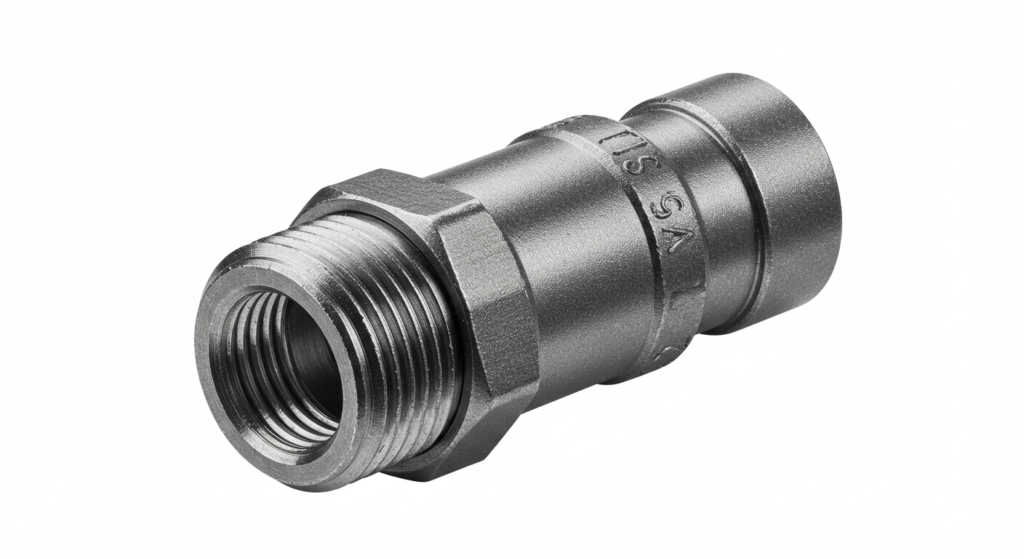How to Seal Cable Holes
Seal cable holes in walls, ceilings, and floors with the right sealant. Create drip loops, apply, dry, and finish for a secure entry.

Are you struggling to choose between single and double compression cable glands for your electrical project? Not sure what the key differences are and which type is right for your specific application? In this article, we’ll break down the distinctions between these two common types of cable glands to help you make an informed decision.


A single compression cable gland is an electrical fitting used to terminate and seal cables where they enter equipment enclosures, such as control panels, machines, or appliances. It provides a secure, waterproof, and dustproof connection point for the cable.
To install a single compression gland, the cable is inserted through the fitting, and the dome nut is tightened. This action compresses the sealing ring around the cable, forming a robust seal that prevents ingress of moisture, dust, or other contaminants into the enclosure.
A single compression cable gland typically consists of three main components:
The cable is inserted through the dome nut, compression ring, and sealing ring before the gland is tightened. The cable gland body is then secured to the enclosure via a locknut or thread, depending on the specific design.
A double compression cable gland is an enhanced version of the single compression design, offering a superior level of sealing and mechanical protection for cables in demanding applications. It features additional sealing and clamping elements compared to its single compression counterpart.
The double compression gland secures and seals the cable at two distinct points:
This dual compression mechanism ensures a high degree of ingress protection, preventing liquids, dust, and gases from penetrating the enclosure along the cable path. The outer clamping also enhances the cable’s resistance to mechanical stresses, such as pulling, twisting, or bending forces.
A double compression cable gland consists of several key components:
The cable is inserted through the gland components in the correct order, and the gland body is then secured to the enclosure. The inner and outer dome nuts are tightened to their specified torque values to ensure proper compression and sealing.
Single compression cable glands are versatile and can accommodate a wide range of cable types, including unarmored and armored cables.
Double compression cable glands are particularly well-suited for armored cables, as the outer clamping mechanism can securely grip the cable’s armor layer. However, double compression glands may not be necessary for smaller, unarmored cables where a single compression design would suffice.
Installing a double compression cable gland is generally more complex and time-consuming compared to a single compression design. The additional components and the need to secure both the inner and outer seals require extra attention during installation.
Due to their additional components and more complex construction, double compression cable glands are typically more expensive than single compression designs.
Double compression cable glands are generally larger in size compared to single compression designs. The extra components, such as the outer sealing ring and armor clamping mechanism, contribute to the increased size.
Single compression cable glands are suitable for a wide range of general-purpose applications across various industries. They are commonly used in indoor, low-risk environments where a basic level of sealing and strain relief is sufficient.
Double compression cable glands are ideal for demanding applications in harsh industrial environments. They are extensively used in sectors such as oil and gas, mining, chemical processing, and marine, where equipment is exposed to extreme conditions, high levels of moisture, dust, and mechanical stress.